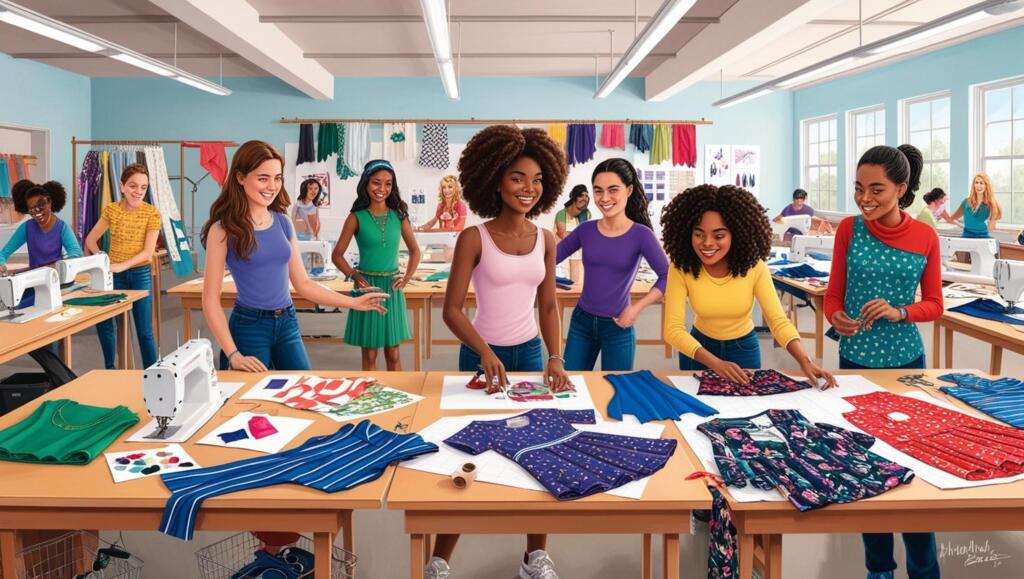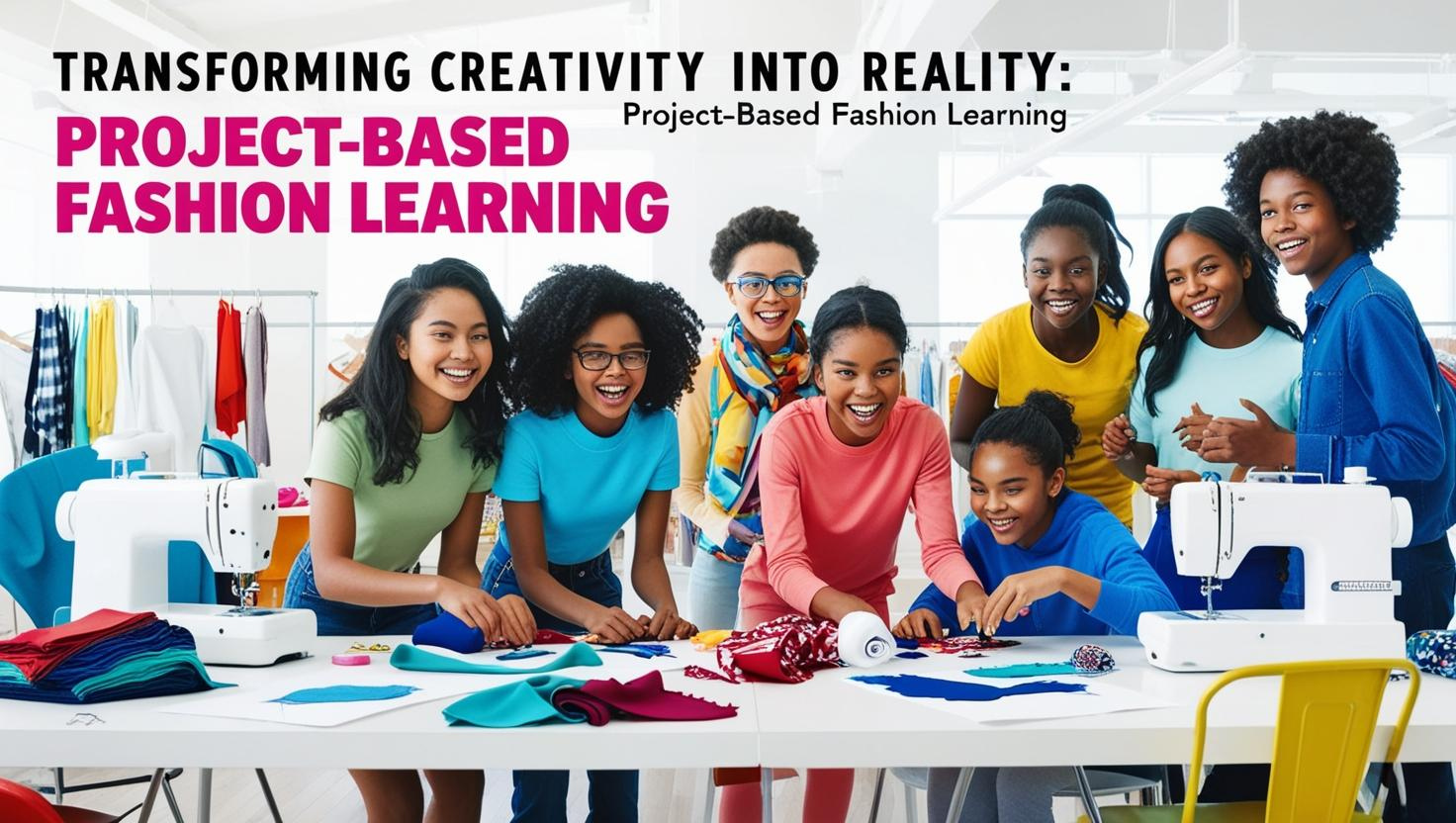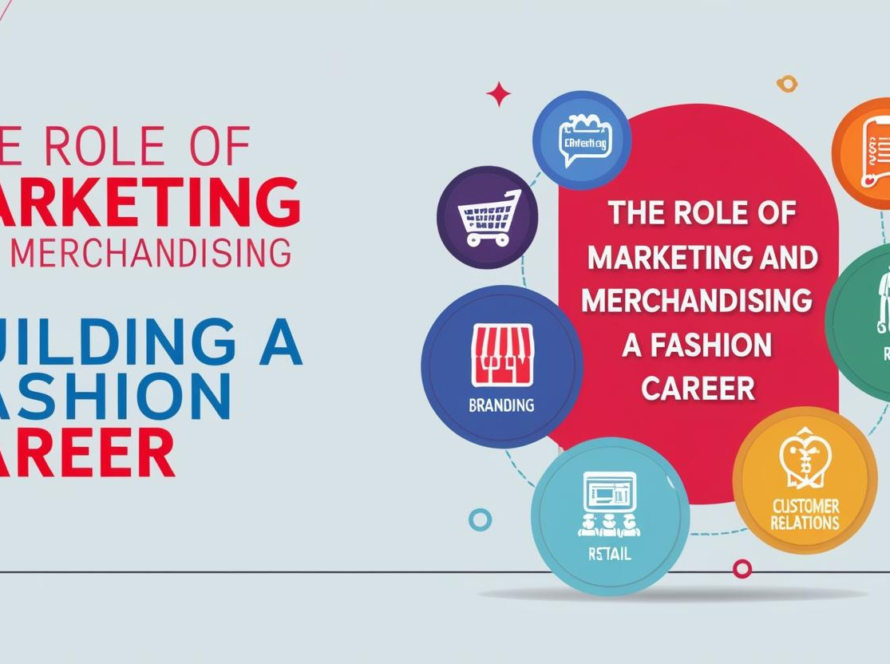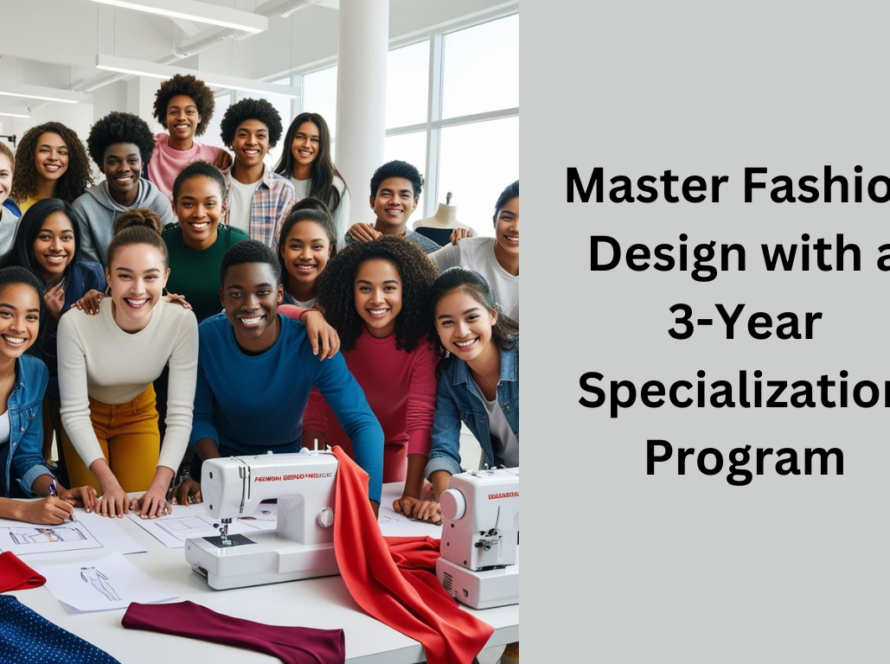The design of clothes is more than just a sheet of paper; it is more about the ability to turn ideas into reality. To an unexperienced designer, there would usually be a gap between an idea and the action. This method has been proved to be one of the best means by which project-based learning will enable students to convert ideas into real practical realities given the skills and confidence in the production of a product. In this module, we shall understand how the experiential model of hands-on can give life to imagination and tell us why this is the new game-changer for fashion in education.
What is Project-Based Fashion Learning?

Project-based learning in the textile industry refers to an experiential, real-life activity with projects applicable in real life. Instead of lecturing, assignments are made similar to scenarios, encouraging the qualities of innovation and solution-finding in students.
How Does Our Program Join Imagination to Execution?
Our project-based fashion course takes the student through the whole design process, from concept to product. So, here is how we make the journey from creativity to reality smooth and seamless:
Concept Development
It guides the students how to brainstorm their ideas and later refine them from art, culture, and trends.
They will create mood boards and sketches that help them envision their concepts.
Technical Skill Building
It also emphasizes the fundamental skills like pattern-making, draping, and garment construction.
They are made practically familiar with sewing machines and manipulation of textiles.
Digital Tools
Knowledge of a software package like Adobe Illustrator, Photoshop, and CLO 3D for the students to design and create digital garments
These digital tools make the difference between ideas and technical realization.
Prototyping and testing the prototype, testing the designs that have been made, and altering these designs until they reach the desired fit and aesthetic
Final Show
Each project concludes with a finished piece, such as apparel, accessory, or digital fashion garment.
Portfolio reviews or runway shows are how students present their work. This way, students have hands-on experience
Advantages of Project-Based Fashion Education
Practical Experience
The students of this design approach will get in touch with all the stages of the design process, right from ideation to production.
It closely reflects the realities of working in the world of fashion
Developed Critical Problem-Solving Abilities
Solved classroom problems, how and how not to
Portfolio
Jobs out of classroom with all completed projects in their overall portfolio after course completion
Collaboration and Networked Learning
Through group learning and collaboration encourages communication, interaction and teamwork extremely well appreciated on real world site.
They are so proud of them that they would prepare them in advance for some of the harsh realities of real life when the students finish their projects.
Success Stories: Classroom to Career
This has driven several students to rewarding careers from:
Project-based learning. For example, the graduate’s capstone project-the sustainable fashion collection-had got him an internship with a famous eco-fashion brand.
Another alumna’s digital fashion illustrations, which she started to develop during school, went viral on social media, opening her to a ton of freelance work.
Why Project-Based Fashion Learning?
Industry Relevance
Curriculum is up to date with industrial practice in the industry; they are prepared for the future of reality.
Artistic Vision in the Realm of Practicality
Students learn artistic vision with realistic feasibility, this is an extremely important skill which successful designers always need to consider.
Personalised Feedback
Throughout the projects, instructors will give constructive feedback so that skills and ideas get honed properly.
Conclusion
This is where the process of transforming ideas into reality actually becomes the whole concept of fashion designing. Project-based learning is something that will get them to learn all this better, and bridging the imagination gap with real execution is definitely going to equip students to tackle the dynamic fashion world. Turn your ideas into wearable art-getting ready is project-based learning for fashion.





